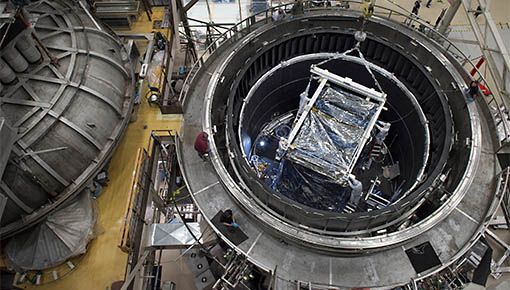Friday, Oct. 6, 2017, is Manufacturing Day, one of the most important events of the year for those of us working within industry. On this occasion, we should all take some time to honor the science and art of manufacturing, an endeavor that has quite literally built our amazing modern society from the ground up.
|
ADVERTISEMENT |
Although Manufacturing Day was launched only five year ago, its antecedents began decades if not centuries before. In a certain sense, the discipline that we honor on the first Friday of each October traces its origins back to the beginning of the United States itself, a country birthed at the start of the initial Industrial Revolution. From the very beginning, this nation was conceived as a place where innovation could flourish. The emerging workshops and factories of early America quickly matured, and by the middle of the 19th century, U.S. manufacturing companies were among the best in the world in a host of sectors, including shipbuilding, metalworking, textiles, armaments, and many others.
…

Add new comment